
Sinogene, founded in 2012, is a national high-tech enterprise that integrates cell storage, cell preparation, cell science technology research, pet cloning, and gene editing. Its services radiate both domestically and internationally, covering more than 4000 designated pet hospitals. In July, 2022, the Animal Regenerative Medicine Industrial Base of Sinogene was also grandly opened, which covers an area of 40 acres in the Xinyi Economic Development Zone in Jiangsu province.
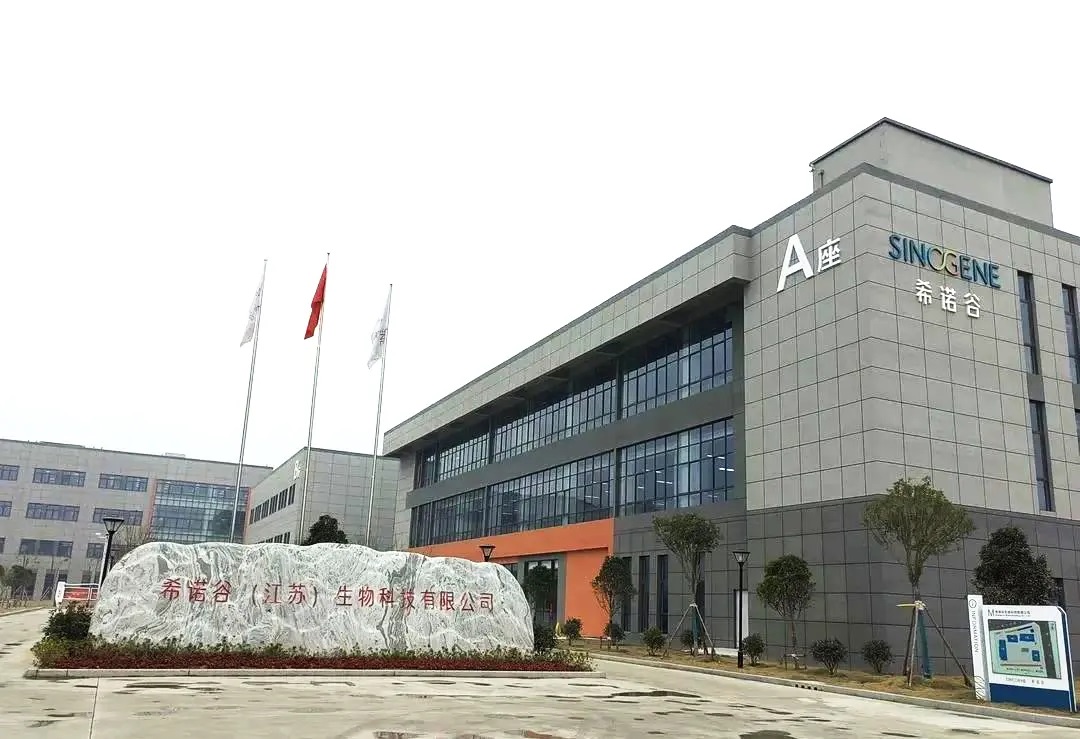
The base has a comprehensive cell biotechnology engineering system that integrates cell preparation, storage, inspection, and research and development. It is built strictly in accordance with the "Cell Bank Quality Management Norms". The storage capacity of cells can reach tens of thousands of units. Sinogene has reached very high standards in terms of hardware facilities, technical strength, and quality management systems, achieving a full-process visualization, standardization, and digitalization from cell collection, transportation, preparation, to storage and application, ensuring full traceability and giving cell storage customers peace of mind.
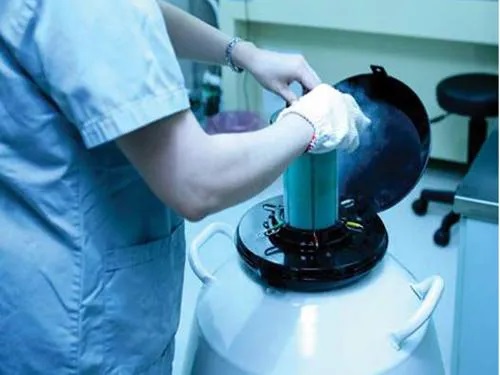
Does long-term storage affect cell quality?
Does long-term cryopreservation affect the vitality of the cells?
...
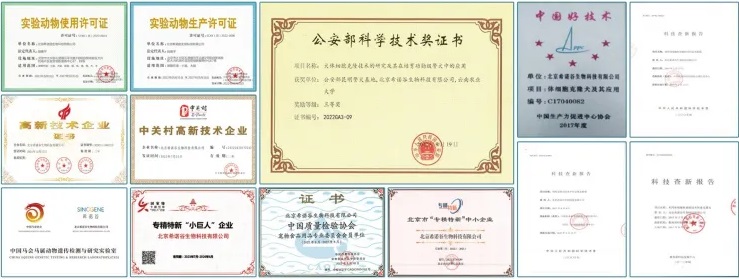
In 2017, China's first somatic cell cloned dog "Longlong"
In 2018, China's first commercial cloned dog "GuaiGuai"
In 2018, China's first cloned police dog "Kunxun"
In 2018, the cloned star dog "Juice"
In 2019, China's first commercial cloned cat "Garlic"
In 2019, in cooperation with the Beijing Police Dog Base, completed the cloning of 6 police dogs in the same batch
In 2022, the world's first cloned Arctic wolf "Maya"
In 2022, China's first registered cloned warmblood horse "Zhuangzhuang"

With these questions, let us delve into the history of cell storage and analyze through data whether cell storage is indeed reliable.
The technique of cell cryopreservation has been around for a quite long time in the global scientific field. From the analysis of cryobiology theory, the activity of cells can be preserved for a long time at conditions of -196℃. This technology dates back to 1776.
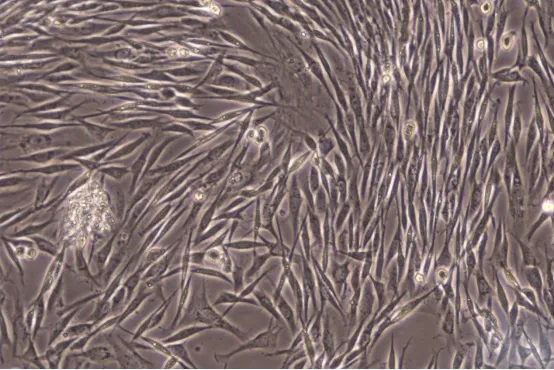
Spallanzani (1776) first reported the effect of cold "treatment" on the life activities of "cells," where he found an astonishing phenomenon after freezing horse sperm in a glass bottle with snow for more than 10 minutes and then returning the glass bottle to room temperature. The sperms that had already stopped moving "revived" as if they had just been ejected from the vas deferens. This situation remained the same even when the cold treatment was extended to several tens of minutes.

Hence, he believed cold cannot kill sperm. About 100 years later, many early scholars repeated the impact of low-temperature treatment on sperm activity, drawing similar conclusions. By around 1900, scientists had essentially affirmed the fact that biological components (such as sperm and some biochemical substances) could be stored at sub-zero temperatures.
Scientists essentially affirmed the fact that biological components could be stored at sub-zero temperatures.
Luyet and several other scholars discovered the damaging effects of electrolyte concentration on stored cells. Their basic conclusion was that an increase in electrolyte concentration was the main cause of damage to stored cells.
The New York Blood Center's Rowe achieved the cryopreservation of red blood cells. In 1980, he inspected red blood cells that had been preserved at liquid nitrogen temperature for 12 years after revival and found no biochemical or functional mutations, thus proving in practice that biological materials can survive long-term at low temperatures.
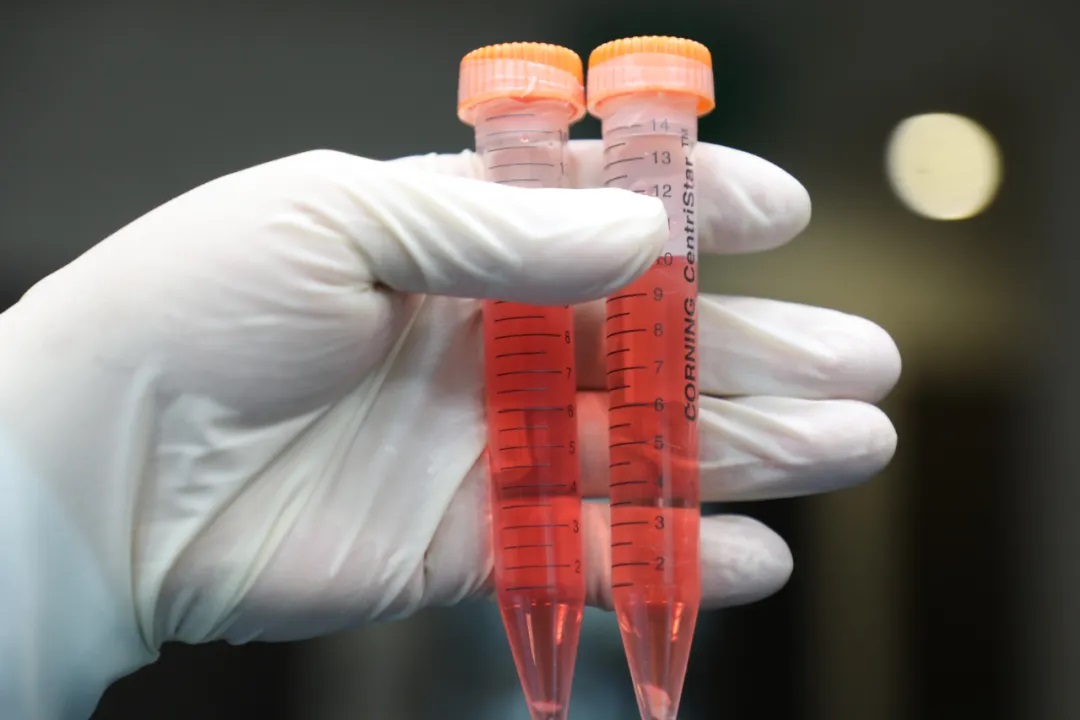
In 1972, Mazur and others first analyzed the data from low-temperature preservation experiments of Chinese hamster tissue-cultured cells and proposed the two-factor hypothesis of freeze damage, namely ice crystal damage and solution damage hypotheses.
Physics and engineering entered the field of cryopreservation research, and the theory of cryogenic engineering and the continuous renewal and application of practical design principles rapidly developed cryobiology research.
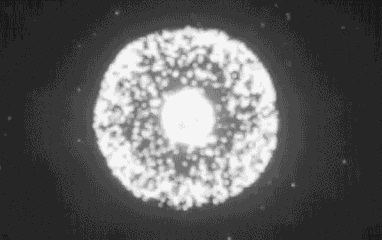
Human scientific research entered the cellular level, beginning the cryopreservation of biology and biological materials as food ingredients. By the end of the 20th century, with the continuous advancement of scientific methods and the continuous improvement of freezing methods, cryopreservation technology has been widely applied clinically.
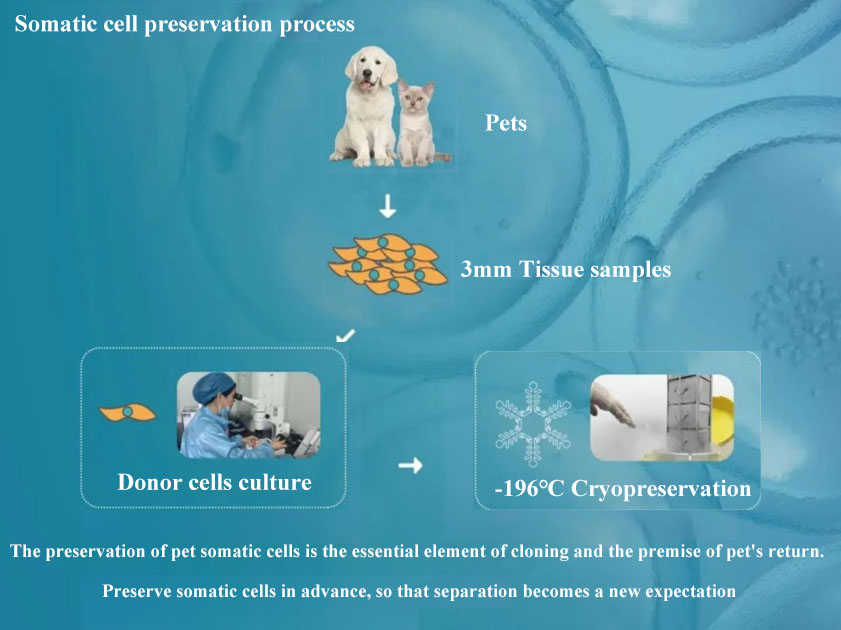
series of treatments such as separation, extraction, cryopreservation, revival, and verification in standard laboratories, qualified fibroblasts are stored in liquid nitrogen tanks at -196℃.
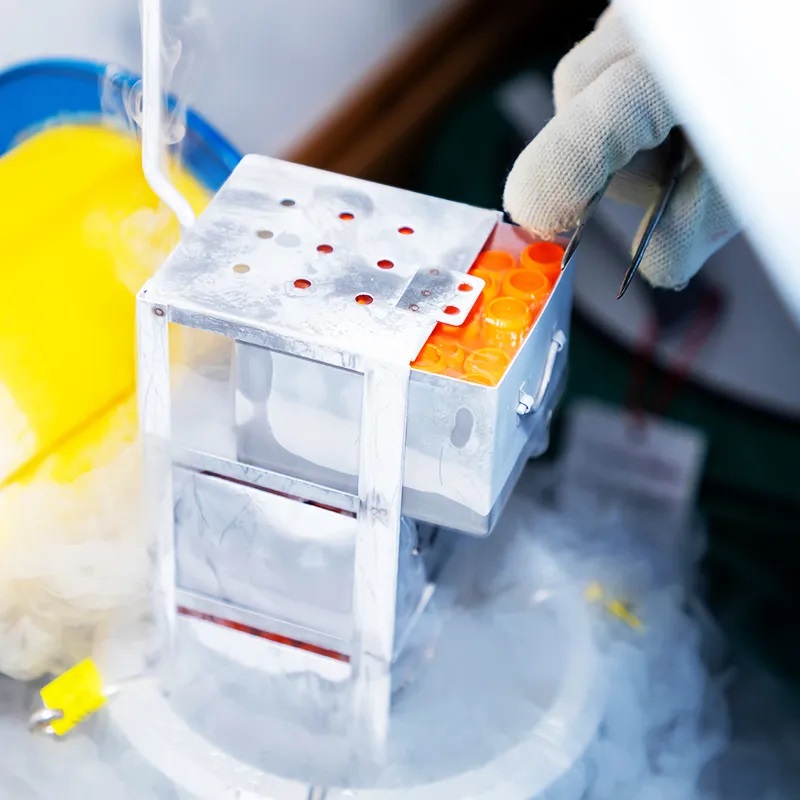
To prevent cell damage in the low-temperature environment, a cryoprotectant is added to the cell extraction solution. Freezing damage mainly occurs between 0℃ and minus 60℃, a range known as the "dangerous temperature zone". The use of cryoprotectant can protect cells from freeze damage as much as possible.
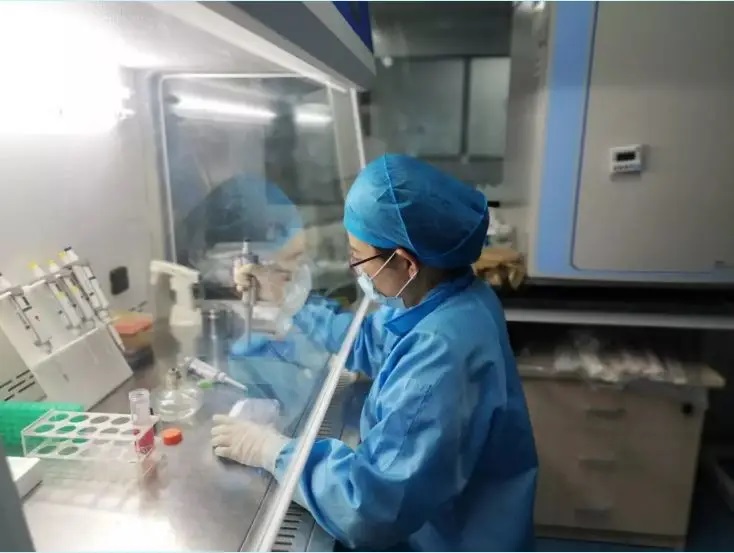
In a low-temperature state, cells are in a dormant state, enzymes in the cells are inhibited, and ionic damage does not occur, allowing for long-term cryopreservation. Cell frozen storage at-70℃ in freezers can be preserved for a year; cell storage in liquid nitrogen, where the temperature reaches-196℃, theoretically, the storage time is infinite.

With the development of modern medicine, scientists continuously explore and research frontier cell technologies. Cell technology has become a powerful guarantee for the health of humans and pets, playing an important role in health management and disease treatment. Storing healthy and vibrant cells has become an increasingly important means for many people to protect the future lives of their pets. Choose Sinogene pet cell preservation, let your beloved pets accompany you forever!
